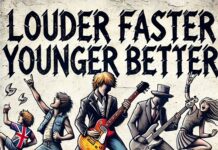By Ira Kantor
Mustachioed musical maestro Frank Zappa likely didn’t give a hot rat’s ass whether we liked him or not.
Yet say what you want about his lyrical content and unsurpassed level of creative perversity, there’s no denying that from an output point-of-view he was untouchable, even while alive. There are more than 60 official releases before his untimely death in 1993, plus dozens more that have surfaced posthumously.
I’ve been an unabashed Zappa fan since high school (who can resist staring into that psychedelic Freak Out! cover?). This progressed in more avid study of the man and his music in college (thank you Bill Grant, wherever you are, for introducing me to Sheik Yerbouti and Joe’s Garage!). Then I ultimately came to familiarize myself with the Zappa bands and genres — the original Mothers of Invention, the newer Mothers, the “Roxy” band, the 1980s stalwarts; garage rock, doo-wop, free jazz, big band, orchestra, jazz fusion, rock ‘n’ roll. I’ve never been disappointed.
There’s a reason Zappa in one of his final televised interviews answers with a blunt, authoritative “No” when asked if he ever regretted anything he did in music. He knew what he did was wholly original and innovative even if fueled by depravity and content designed to make the conservative masses queasy (“Keep it greasy, so it goes down easy”). The alumni who populated his band lineups are virtuosos and they wanted to work with him: Ruth Underwood, George Duke, Jean Luc-Ponty, Adrian Belew, Terry Bozzio, Steve Vai, and on and on.
During this pandemic I decided to give myself a personal challenge — listening to every album Zappa released in his 52 years. While I’ve taking deviations to check out some standout vault masterworks (Hammersmith Odeon, Wazoo), I’ve tried to stick to Zappa’s lifetime chronology. Nearly 40 albums in after a week’s effort and my ears still continue to scream “Great Googly Moogly!”
Yet as refreshing as it is to hear the live concerts and studio albums I hadn’t listened to previously (i.e., Bongo Fury, Just Another Band From L.A.), I must say that my favorite Zappa albums remain unchanged. It’s the following dozen classics that most epitomize Zappa’s talents and iconoclastic stature:
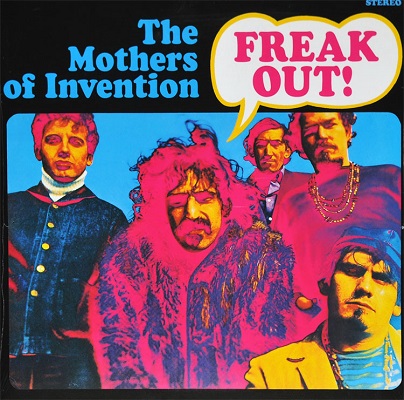
This is the one that starts everything off. A seminal work chock full of humor yet also a strong dose of politics and reflection about the era it’s released in. “Who Are The Brain Police?,” with its droning music effects, and zombie like vocal execution is a standout, while “You Didn’t Try To Call Me,” “I Ain’t Got No Heart” and “Wowie Zowie” are redolent of the forgone doo-wop era (a motif Zappa would come back to across multiple albums). The “Help, I’m A Rock” suite is also a stunner — think Terry Riley if channeled through a bad high. Yet Frank, 54 years ago, still manages to capture the essence of civil rights unrest – a topic very much prevalent in 2020. His statement on “Trouble Every Day:” “Hey you know something people … I’m not black but there’s a whole lot of times I wish I could say I’m not white,” says it all.
We’re Only In It For The Money (1968)
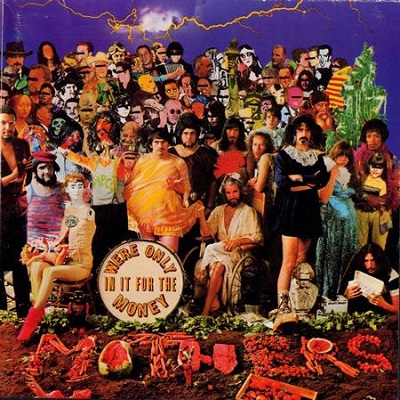
In an era defined by “turning on, tuning in, and dropping out,” Zappa boldly cries out “Bullshit!” Well more accurately, “Flower power sucks!” This is the perfect anti-1960s hippie masterwork as typified by “Who Needs The Peace Corps?,” “Flower Punk,” “Mother People” and the album’s seemingly endless allusions to “Frisco,” police brutality, and the Summer of Love. Even its cover pokes fun at conceptual music in general. Ironically, despite its alienating themes and tendencies, it would prove to be one of Zappa’s highest-charting albums in the US, his first to break the Top 40. Eric Clapton even makes a notable cameo at the very beginning, asking the ever-eternal question: “Are you hung up?”

This album showcases the first true signs of Zappa’s instrumental genius. “Peaches En Regalia” is modern classical, giving Rachmaninoff a run for his money. Friend Don Van Vliet (Captain Beefheart) gets as close to accessible as possible by adding his guttural vocals to the Howlin’ Wolf-esuqe “Willie The Pimp.” This marks a distinctive period for Zappa and a sign of what’s to come with his future jazz learnings in the early 1970s. Bidding adieu to the 1960s, Zappa demonstrates that despite being labelled as “funny” he only wants to be taken seriously as a musician and composer.
Weasels Ripped My Flesh (1970)
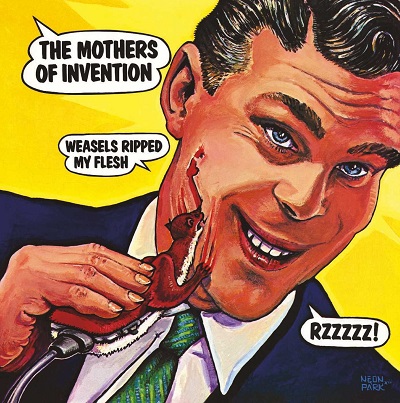
Here, listeners are treated to Zappa’s greatest free jazz effort with the Mothers of Invention. If the track “The Eric Dolphy Memorial Barbecue” doesn’t immediately give it away, just give a listen to “Prelude To The Afternoon Of A Sexually Aroused Gas Mask.” Then there’s the take no prisoners “My Guitar Wants To Kill Your Mama” which sets a precedent for the decade’s soon-to-blossom boozy hard rock scene.
Fillmore East – June 1971 (1971)

This is a work that emphasizes how the sum of individual band members makes for a very pleasing whole. There’s Rock and Roll Hall of Fame drummer Aynsley Dunbar, piano/keyboard whiz Ian Underwood, and yes, even the core of the hit 1960s group The Turtles. The fact Mark Volman and Howard Kaylan allow their previous “Happy Together” images to be slathered in debauchery highlight their reverence for Zappa. Here, listeners can hear the tale of the Led Zeppelin/Vanilla Fudge-inspired “The Mud Shark” while simultaneously hearing how acute Zappa is at transitioning his studio wizardry successfully into live entertainment.
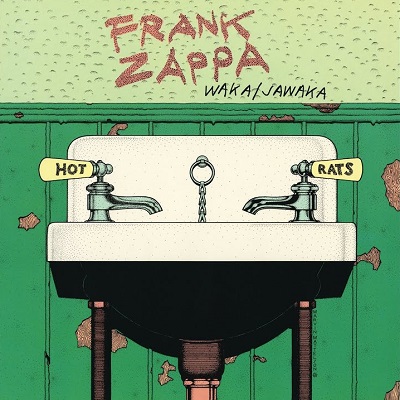
This may arguably be Zappa’s greatest album period. It’s a tasty blend of orchestral genius, jazz fusion virtuosity, and trademark Zappa wit, underscored by the composer’s overall love for the blues. Despite the album being only four tracks, instrumental monsters “Big Swifty” and “Waka/Jawaka” are about as close to instrumental perfection as it gets, turning Zappa into a modern-day Stravinsky (just listen to the first minute of the latter). “Your Mouth” and “It Just Might Be A One-Shot Deal” are both precursors to the “strictly commercial” Zappa coming up fast over the horizon.
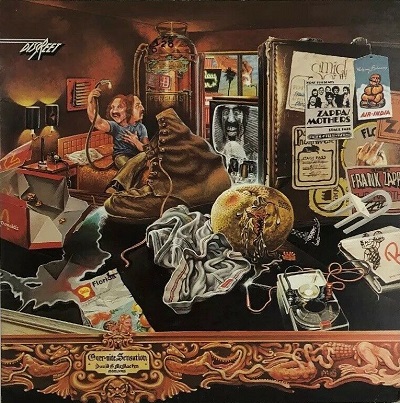
Here is where Zappa begins truly conquering the US, backed by his greatest band to date and offering song mainstays like “Camarillo Brillo,” “I’m the Slime,” “Zomby Woof,” “Dinah-Moe Humm” and one of his more memorable tunes “Montana.” These five songs make up 70 percent of the album. Tracks overall are tighter and more cohesive as Zappa works to keep his overall notes and output more to the point. Plus, there’s the added bonus of the Ikettes (including Tina Turner) singing backup, even as Ike Turner would go on to decry the music produced as “shit.” Yippie-Ty-O-Ty-Aye!
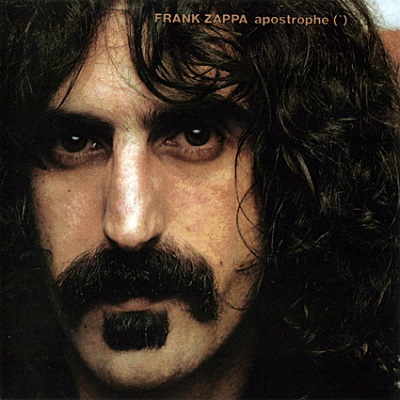
Essentially Over-Nite Sensation, only with a different name. The “Don’t Eat The Yellow Snow” suite is good for a laugh but it’s “Cosmik Debris” and “Stink-Foot” that epitomize Zappa’s philosophy of “Jazz is not dead; it just smells funny.” Oh, and the album’s title track is just a good old fashioned rock-out jam.
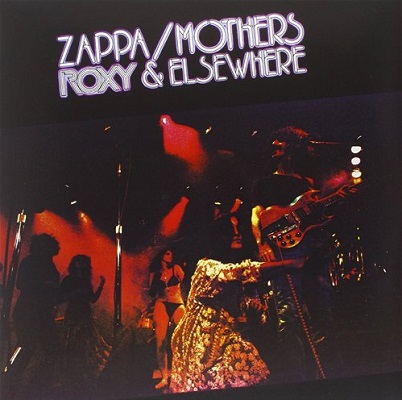
Arguably the greatest of Zappa’s live albums thanks in large part to the backing talents of keyboard player George Duke, percussionist Ruth Underwood, and sax and woodwind man Napoleon Murphy Brock. For anyone who doubts the compositional genius of Zappa, one listen to “Echidna’s Arf (Of You)” is sure to shut you up.
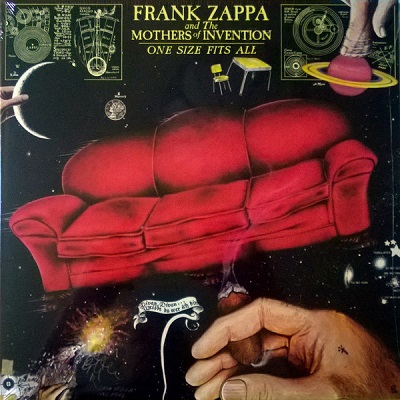
Here we have Zappa at his most jazzy and bluesy simultaneously. “Inca Roads” is a forgotten piece out of the Weather Report discography while the inclusion of one of Zappa’s strongest musical influences, Johnny “Guitar” Watson, adds significant oomph to tracks “San Ber’dino” and “Andy.” Zappa would soon shift musical course, assuming full frontman duties and a stronger lead singer role from here on out. Yet what a way to go before changing directions!

The phrase “Whatever happened to all the fun in the world?” pops up a few minutes into this album and Zappa sets about answering the question by offering us his most bawdy and gaudy effort to date. Using sex as his creative muse, Zappa gives us laughable but catchy songs like “I Have Been In You,” “Broken Hearts Are For Assholes” and “Jewish Princess.” Adrian Belew singing lead on “City Of Tiny Lites” is a precursor to the sound and style that would define King Crimson’s most accessible era. And let’s not forget “Dancin’ Fool.” Only Zappa could pen an intentional anti-disco anthem and somehow it misses the Billboard Top 40 by one notch when disco is at its peak.
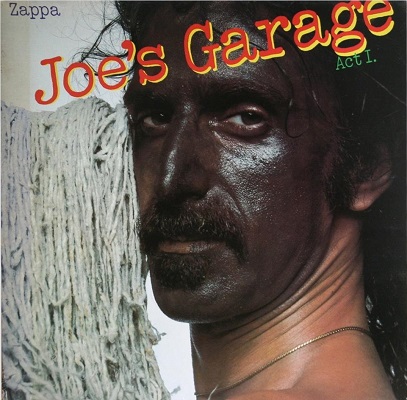
Perhaps the filthiest concept album ever released, this album has enough sexual innuendos and racy undertones to make a nun scream. But look past the gross-out storyline and stick with listening to the music. “Crew Slut,” “Fembot In A Wet T-Shirt,” and “Stick It Out” have sifted in and out of my brain continuously for 15 years. Yet the nine-minute epic “Watermelon In Easter Hay” proves Zappa’s guitar playing prowess and overall musicianship possess great depth and feeling. If Zappa had decided to stop releasing albums after this effort, this would have been the perfect ending for a body of work still unsurpassed to this day.





